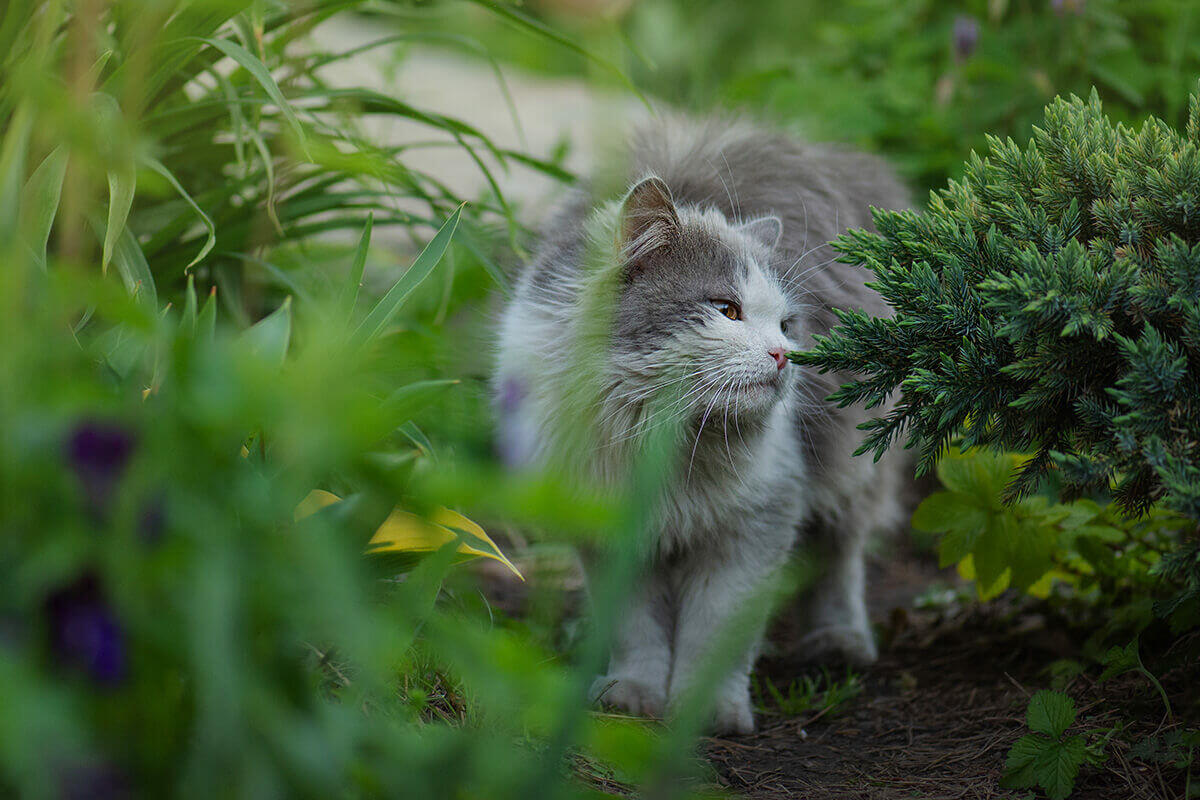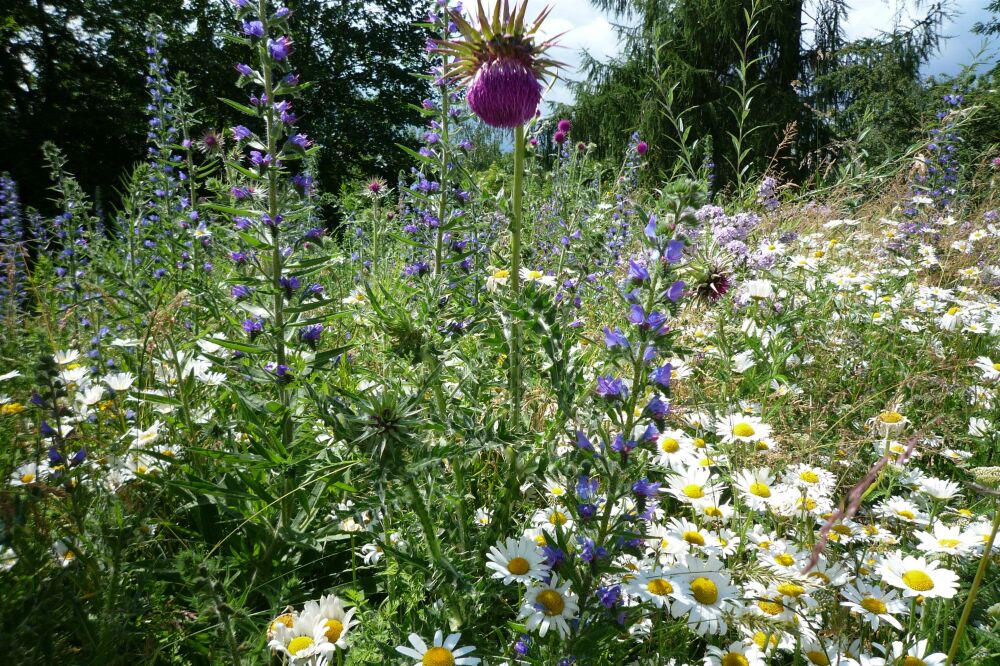Hedge plants and pets? Choose wisely!
We at Hedgeplants Heijnen are very fond of trees, plants and everything green. But we also love animals! We therefore consider it important to mention that a number of hedge plants are poisonous and can pose a danger to animals if leaves or fruits are ingested. Please therefore keep an extra close eye on your pet with these hedge varieties, or go for a non-toxic variety. We are happy to list the poisonous hedges for you.
The yew
One of the most popular hedge plants is the yew. This hedge is also the most poisonous species in our assortment. Practically every part of the plant contains taxine, which can make both people and animals very sick. The red berries growing in the plant are especially dangerous. To animals (or small children) these can look very tasty, but nothing could be further from the truth! The Yew is a perfect species to use as a hedge, but if you have pets or small children, it might be wise to go for another species.
Privet
Another of our popular hedge plants belongs to this list: the privet. Although this hedge plant is a great deal less poisonous than the yew, it can still have unpleasant consequences for humans and animals. In the case of privet, it is mainly the berries that are poisonous. Ingestion of these, in large quantities, may cause diarrhoea and vomiting, among other things. It is wise to keep a close eye on your pet when it comes near privet. Unless your pet is a bird. Birds can eat the berries undisturbed and without consequence.
Laurel
Although the laurel, or bayberry, is a lot less toxic than the above species, this hedge plant deserves a mention. Both the leaves, branches and trunk, as well as the berries contain poison. Laurel's berries are a lot less noticeable than those of Privet or Yew, though, so animals will be less likely to eat from this plant. Nevertheless, it is important to keep an eye on your pet when you have a bay laurel hedge. Should they eat from the plant, they may get sick from it. Obviously, we don't want that to happen!
Boxwood
Boxwood is also a poisonous hedge plant. All parts of this species of hedge contain toxins. The thing is, large quantities of the plant must be eaten before serious symptoms occur. So if your pet has ingested just a small amount of the Boxwood, there is still no reason to panic.
The holly
We conclude the list with the Holly. Both the leaves and berries of this hedge plant are toxic. In this case, too, a large amount of the berries must be eaten before it does anything. Even though these red berries may look very attractive to animals, they will not eat them easily. This is important because the Holly has prickly leaves. Your pet may bite into it once, but will not try again soon after that. The pain is not worth it!
Food for thought
As shown, there are quite a few hedge plants that are toxic and can harm pets (and people). Not each species is equally dangerous and not every plant has the same consequences, but it is something to consider when you have pets and want to plant a hedge. Fortunately, if you would rather not take a risk, there are lots of other beautiful hedge plants that are non-toxic and can brighten up a garden nicely!



